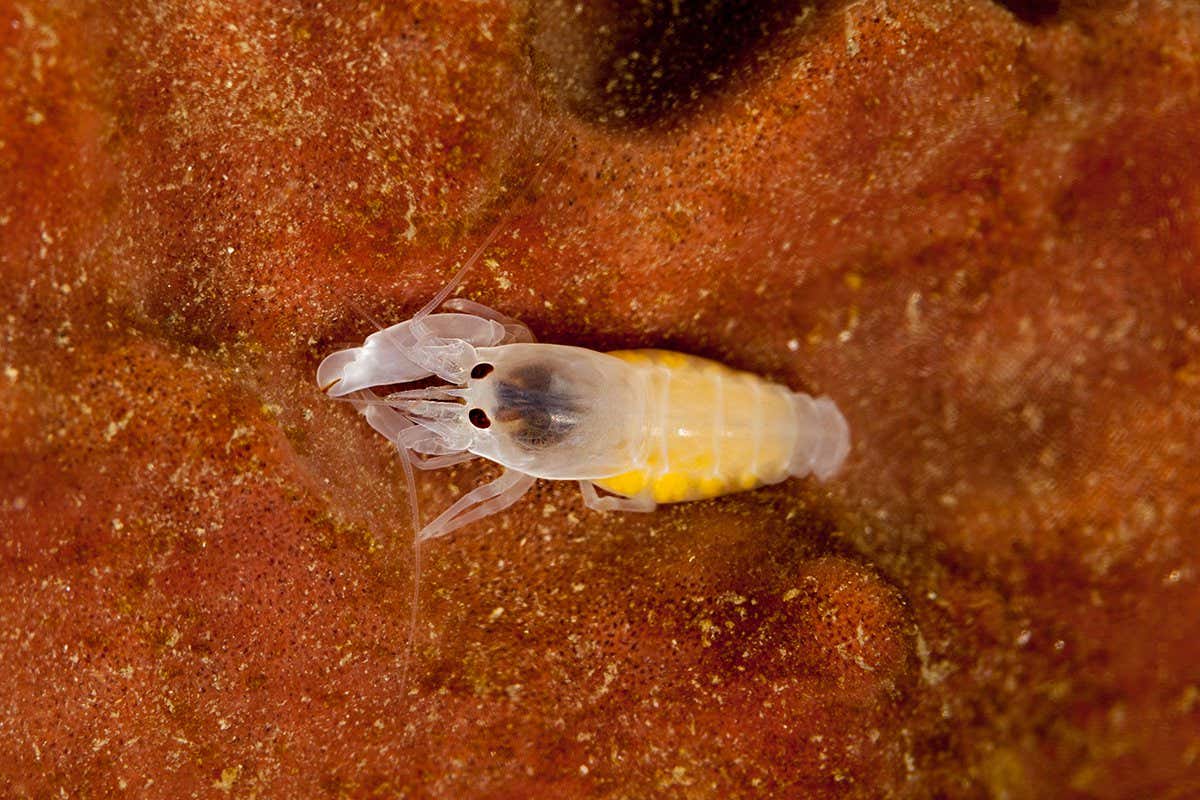Snapping Shrimp: Tiny Claws, Fastest Acceleration
The ocean's depths are full of wonders, and among the most surprising are the snapping shrimp. These tiny crustaceans, barely an inch long, pack a powerful punch with their disproportionately large claws, generating the fastest acceleration in the animal kingdom. This incredible feat of nature has intrigued scientists for years, leading to ongoing research into their unique biology and the potential applications of their snapping mechanism.
The Power of the Pistol Shrimp
Snapping shrimp, also known as pistol shrimp, belong to the family Alpheidae. Their most striking feature is their disproportionately large claw, which they use to create a powerful snapping sound. This isn't just a loud noise; the snap generates a cavitation bubble—a tiny void in the water—that collapses with explosive force, producing a shockwave capable of stunning prey and even creating sonoluminescence (the emission of light).
-
The Mechanism: The process begins when the shrimp rapidly closes its major claw. This incredibly fast movement—reaching speeds up to 23 meters per second— creates a high-velocity jet of water. This jet collapses, forming the cavitation bubble that implodes with tremendous force.
-
The Sound: This implosion generates a sound that can reach up to 210 decibels—louder than a gunshot. This sound is not only used for hunting but also for communication within their colonies.
-
The Prey: These tiny predators use their sonic weaponry to stun small fish and crustaceans, making them easy targets. They are opportunistic feeders, consuming a range of small aquatic life.
Scientific Fascination and Potential Applications
The snapping shrimp's remarkable ability has captivated scientists for decades. Researchers are particularly interested in:
-
Biomimicry: Understanding the mechanics behind the snapping claw could lead to the development of new technologies, such as high-speed underwater propulsion systems or improved medical tools. Imagine miniature submarines inspired by the shrimp's speed or highly targeted drug delivery systems using the cavitation bubble principle.
-
Sonoluminescence: The light emitted by the collapsing cavitation bubble is a fascinating phenomenon. Studying this could provide insights into the physics of extreme conditions and possibly lead to advances in lighting technologies or even controlled fusion.
-
Acoustic Communication: The complex communication system of snapping shrimp colonies is another area of interest. Deciphering their "language" could reveal new principles of underwater acoustic communication, with potential applications in sonar technology or even underwater robotics.
Conservation and Threats
While these fascinating creatures are abundant in many parts of the world, they face threats from habitat destruction and pollution. Protecting their ecosystems is crucial to preserving these remarkable animals and the unique biological insights they offer.
Conclusion: Tiny Creature, Giant Impact
The snapping shrimp, with its seemingly simple design, exhibits extraordinary power and sophistication. Its unique snapping mechanism continues to inspire scientific inquiry and promises to contribute to technological advancements in the future. Further research into these tiny titans of the ocean's depths is not only crucial for understanding their biology but also for unlocking their potential to revolutionize various technological fields. Learning about these incredible creatures helps us appreciate the biodiversity of our planet and the innovative solutions nature provides.

